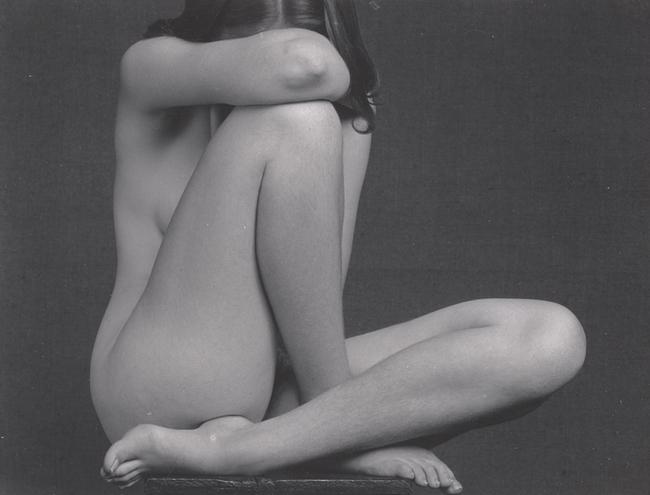Edward Weston
Edward Weston, Nude, 1934. Edward Weston Archive.
© 1981 Center for Creative Photography, Arizona Board of Regents. 81.252.188
Among the twentieth century’s most influential art photographers, Edward Weston (United States, 1886–1958) is widely respected for his many contributions to the field of photography. Along with Ansel Adams, Weston pioneered a modernist style characterized by the use of a large-format camera to create sharply focused and richly detailed black-and-white photographs.
The combination of Weston’s stark objectivity and his passionate love of nature and form gave his still lifes, portraits, landscapes, and nudes qualities that seemed particularly suited for expressing the new American lifestyle and aesthetic that emerged from California and the West between the two world wars. He spent the years 1923–1926 in Mexico City as a part of an international milieu of creative minds attracted by the post-revolutionary excitement of political activists and artists such as Diego Rivera, Jose Clemente Orozco, Tina Modotti, and others. From the moment he returned to the United States, he began making work that would fundamentally change the direction of photography in this country.
In 1932, Weston, his son Brett, Ansel Adams, Imogen Cunningham, and a handful of other Bay Area photographers formed a group of like-minded realists who called themselves Group f/64, in honor of an aperture setting on a lens one might stop down to in order to attain the sharpest focus in a photograph. They introduced their work in an exhibition at San Francisco’s DeYoung Museum, and the exhibition still stands as a landmark in the history of photography. In 1937 Weston became the first photographer to be awarded a John Simon Guggenheim Memorial Fellowship. He continued working until Parkinson’s disease forced him to give up the camera in 1948.
Housed at the Center for Creative Photography since its acquisition in 1981, the Edward Weston Archive contains more than 2,000 exhibition prints, over 10,000 of his negatives, his original diaries or Daybooks, and an assortment of correspondence, financial records, and ephemera relating to his life and travels.


